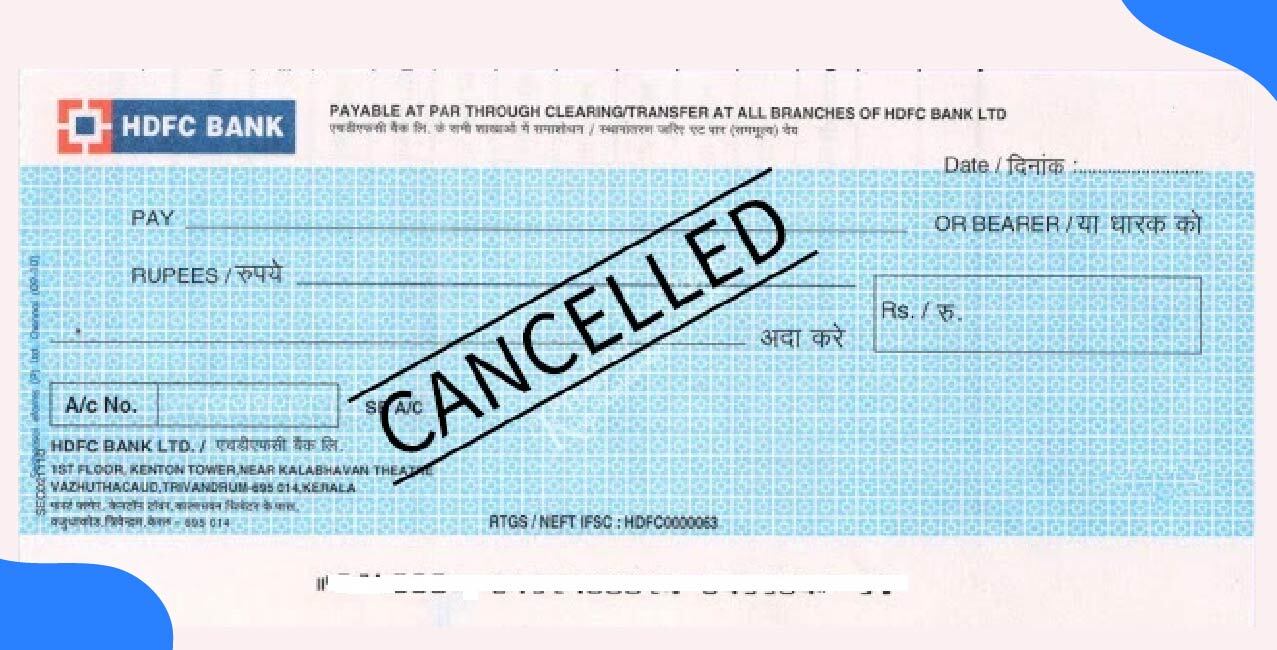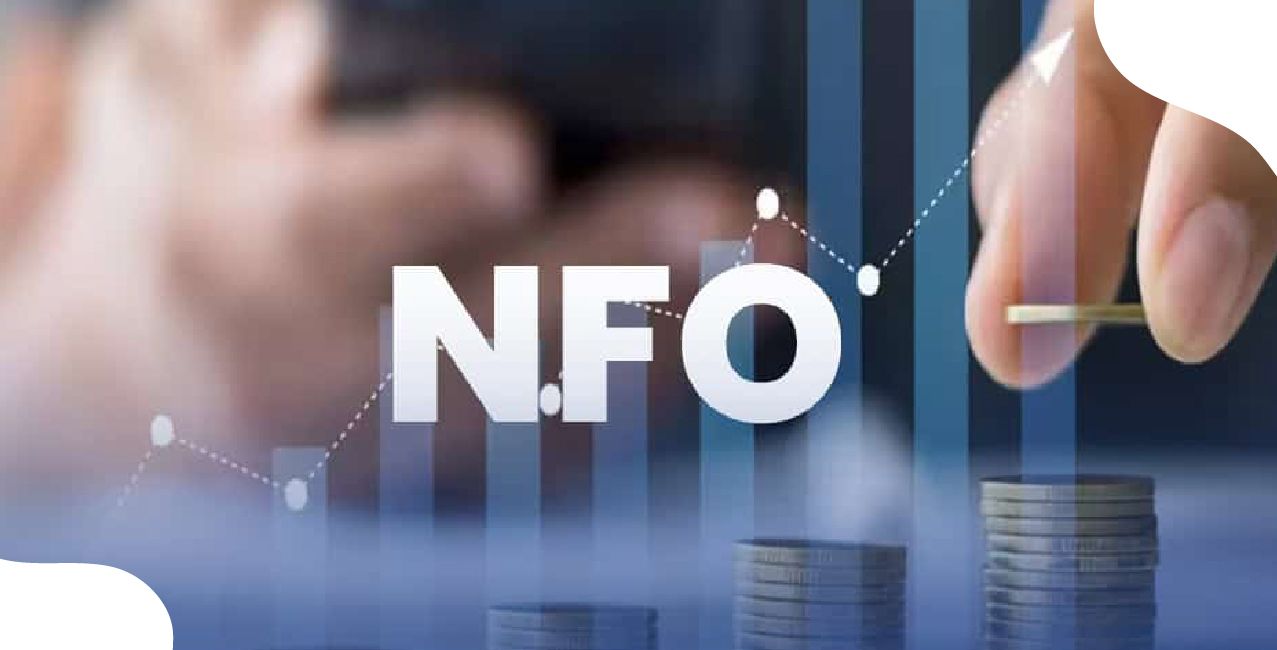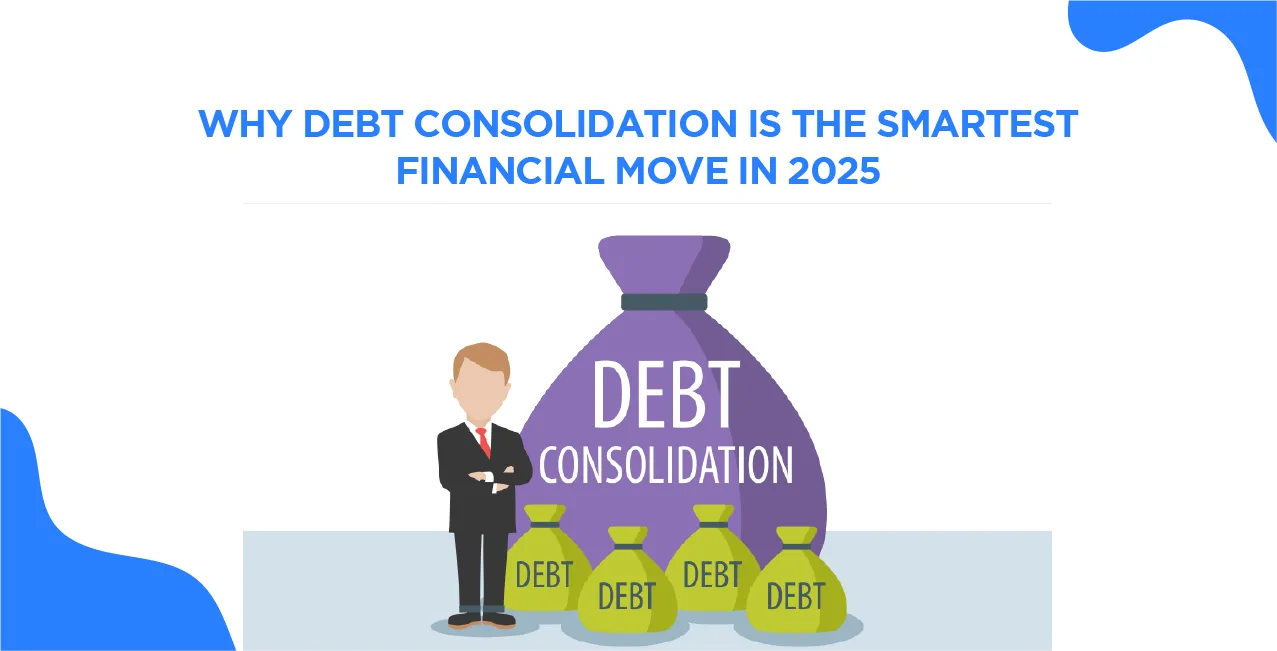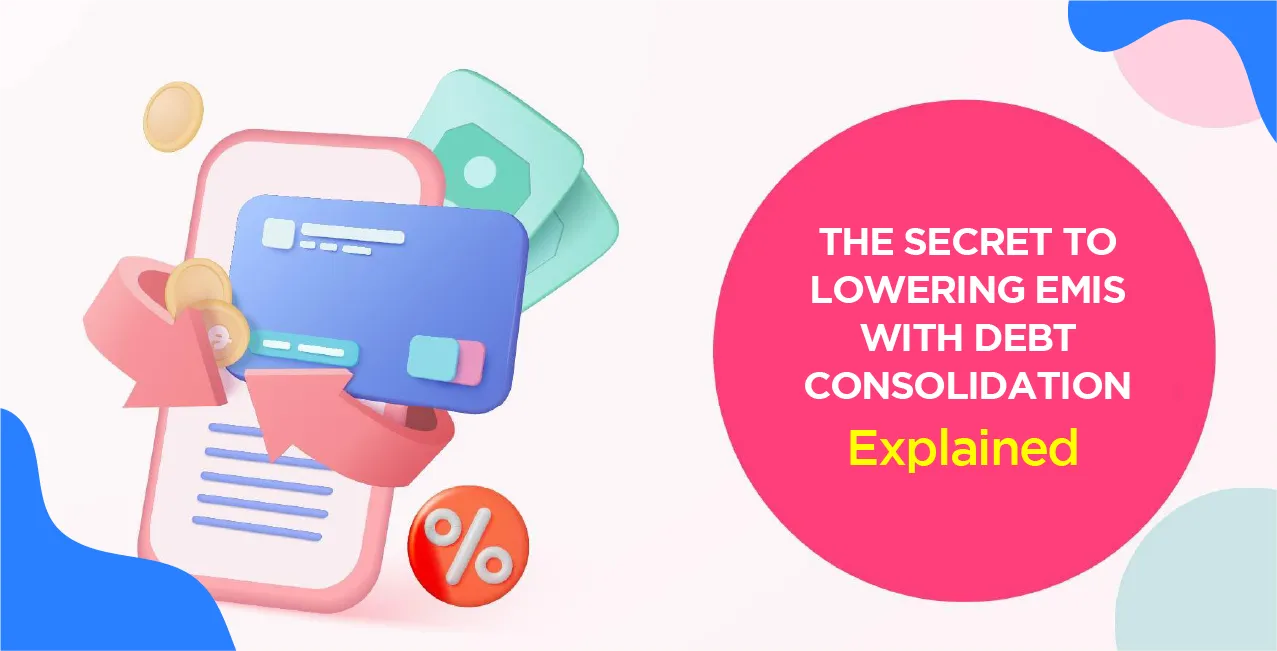
Author
LoansJagat Team
Read Time
6 Min
25 Aug 2025
What is a Cancelled Cheque? Use Cases, Format & How to Write It
A cancelled cheque is marked "CANCELLED" to prevent misuse, but still shows important bank details for verification purposes.
It can't be used for transactions, but helps in processes like KYC, loans, SIPs, and salary account setups.
Let’s understand it with the help of an example:
For example, Rohan just got his first job in Mumbai with a ₹6.5 LPA salary. Super exciting, right? But then HR asks him to give a cancelled cheque to open his salary account. Sounds confusing?
Here's why they need it
- His monthly salary = ₹6,50,000 ÷ 12 = ₹54,166.
- HR needs his bank details to enable auto-credit account number, IFSC, and branch info.
- Rohan pulls out a blank HDFC cheque, writes “CANCELLED” across it, doesn’t sign it, and hands it over.
- That one cheque now powers his monthly credits, SIPs, and even insurance auto-debits.
Isn’t it interesting how a single unused cheque can play such a key role in your financial life?
Let’s Learn what a cancelled cheque is and why it's important in this blog. Explore its format, uses, and how to write one safely
What is a Cancelled Cheque?
A cancelled cheque shares account details safely by marking it with "CANCELLED" between two lines. It’s used for KYC, ECS setup, or salary verification without enabling any financial transactions.
Example:
Let’s say Ravi joins a new job. The HR team asks him for a cancelled cheque to set up his salary account.
Ravi has an account at HDFC Bank, with the following details:
- Account number: 1234567890
- IFSC code: HDFC0001234
- Branch: Connaught Place, New Delhi
Read More – How to Fill Out a Deposit Slip – Complete Guide
Ravi takes a blank cheque from his chequebook, draws two parallel lines, and writes “CANCELLED” across. He doesn't sign or fill out any form. Now, this cheque cannot be used for any payment, but HR can still see his bank details for setting up salary credit.
What a Cancelled Cheque Includes?
A cancelled cheque contains key banking details used for verification, even though it cannot process payments.
These fields ensure your account can be validated securely without the risk of fraudulent transactions.
Why Is A Cancelled Cheque Needed? 5 Common Use Cases
A cancelled cheque plays a vital role in various financial processes by securely verifying bank details.
These common use cases show how a simple cancelled cheque ensures smooth, secure, and error-free transactions.
What Is The Format Of A Cancelled Cheque?
A cancelled cheque is a blank cheque marked as “CANCELLED” to make it unusable for payment or withdrawal.
It still displays key bank details like account number, IFSC, and MICR, used for verification and documentation.
Example:
Let’s say Neha is applying for a SIP investment plan. The financial company needs her bank details to set up auto-debit.
She tears out a fresh cheque from her Axis Bank chequebook with:
- Account Number: 9876543210
- IFSC Code: UTIB0001234
- MICR Code: 110211004
- Branch: Karol Bagh, New Delhi
Neha draws two parallel lines diagonally across the cheque and writes “CANCELLED” between them.
She does not fill in any amount, name, or sign the cheque.
The company now uses this cheque to confirm her bank details and set up a monthly ₹2,500 SIP.
Cancelled Cheque Format:
To create a cancelled cheque correctly, follow these simple steps to ensure it's valid for verification.
By following this format, your cancelled cheque will safely display the necessary details without any transaction risk.
How to Write a Cancelled Cheque (Step-by-Step Guide)?
A cancelled cheque is a simple yet important document used to verify your bank account details. Here’s how you can write one correctly:
Step 1: Take a Fresh Cheque Leaf
Start by removing a blank cheque from your chequebook. Make sure it belongs to the bank account you wish to verify.
Step 2: Draw Two Parallel Lines
Using a pen, draw two clear parallel lines diagonally across the cheque. Be careful not to cover key details such as:
- Account holder’s name
- Account number
- Bank name and branch
- MICR code
- IFSC code
These details must remain visible.
Step 3: Write ‘CANCELLED’
Between the two lines, write the word “CANCELLED” in capital letters.
Do not sign the cheque or fill in any other fields, such as date, payee name, or amount.
Also Read - How to Make a Cancelled Cheque: All You Need to Know?
Tips to Avoid Fraud Associated with a Cancelled Cheque:
While a cancelled cheque is generally safe and cannot be used to withdraw money, it still contains sensitive information, such as your account number, IFSC code, and bank branch. If misused, it could lead to identity theft or banking fraud. Here are some key tips to protect yourself:
Precautionary Steps:
- Write “CANCELLED” in Bold, Clear Letters
Make sure the word “CANCELLED” is written clearly between two diagonal lines so it cannot be altered or misused.
- Do Not Sign the Cheque
A signature can be misused for fraudulent purposes. Since the cheque is for verification only, signing it is unnecessary.
- Cross Out Other Fields
If you feel safer, you can cross out the payee name, date, and amount fields to avoid them being filled later.
- Share Only with Trusted Sources
Only hand over a cancelled cheque to authorised organisations or institutions. Never share it casually.
- Keep a Digital Copy for Reference
Scan or click a photo of the cancelled cheque for your records, in case it gets misplaced or questioned.
What Is The Difference Between a Cancelled Cheque and Other Cheques?
While all cheques share basic bank details, a cancelled cheque serves a very different purpose from regular cheques.
Understanding these differences helps ensure you're using the correct type of cheque for each financial need.
Conclusion
A cancelled cheque looks simple, but it’s super useful. You need it to get your salary, take a loan, start an SIP, or open a Demat account. Just take a blank cheque, draw two lines, and write “CANCELLED” on it; no need to sign or fill anything. It shows your bank details safely. Just share it with trusted people only. That’s how one blank cheque can do so much!
FAQs:
Q1: What is a cancelled cheque used for?
It’s used to safely share your bank details for things like salary, loans, and KYC.
Q2: Do I need to sign a cancelled cheque?
No, never sign a cancelled cheque, it’s only for verification, not payments.
Q3: Is it safe to share a cancelled cheque?
Yes, but only share it with trusted and authorised sources to avoid misuse.
Q4: Can a cancelled cheque be used to withdraw money?
No, once marked “CANCELLED,” it cannot be used for transactions or withdrawals.
Q5: What details should be visible on a cancelled cheque?
Your account number, bank name, IFSC code, and MICR should all be visible.
Other Related Pages | |||
About the Author

LoansJagat Team
‘Simplify Finance for Everyone.’ This is the common goal of our team, as we try to explain any topic with relatable examples. From personal to business finance, managing EMIs to becoming debt-free, we do extensive research on each and every parameter, so you don’t have to. Scroll up and have a look at what 15+ years of experience in the BFSI sector looks like.

Quick Apply Loan
Subscribe Now
Related Blog Post


